
Download the Model
LEGO Digital Designer File containing the model. Licensed under the MIT license.
Warehouse & Logistics Facility inspired by the industrial buildings in Odense
In mid-2018 I decided to work towards making a Cargo Terminal for my LEGO City.
This mainly consisted of a warehouse, along with tracks embedded in the concrete so that telescopic handlers could get close, and move cargo between trains and trucks no matter the size.
However after Klodsfest 2019, I decided I wanted to expand upon the idea and make more space for the trucks.
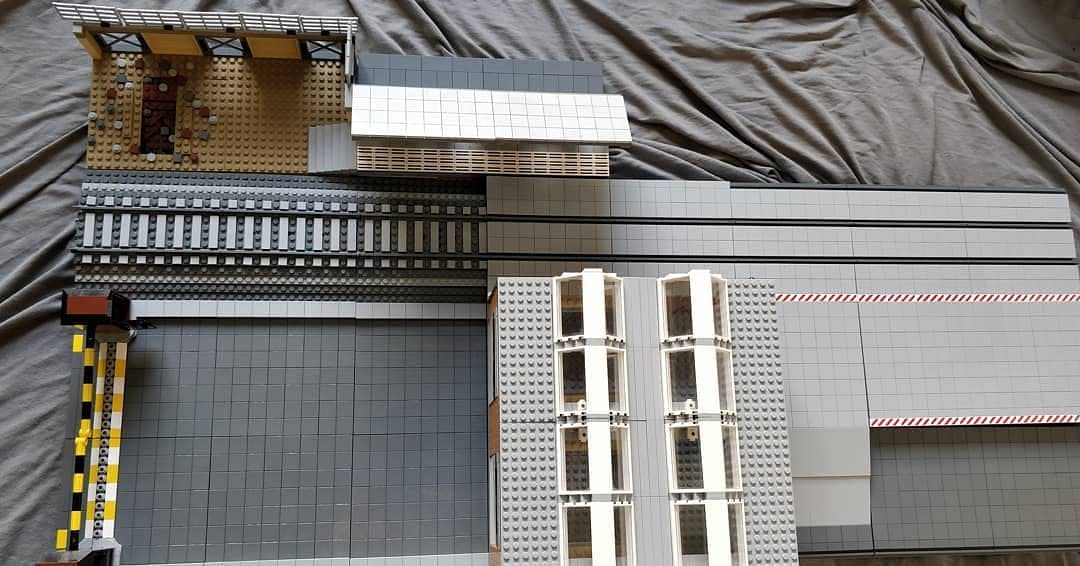
Since starting my job at Mobile Industrial Robots in June 2019, I've been very inspired by the architecture of the nearby buildings including the YOYO Global Freight headquarters.
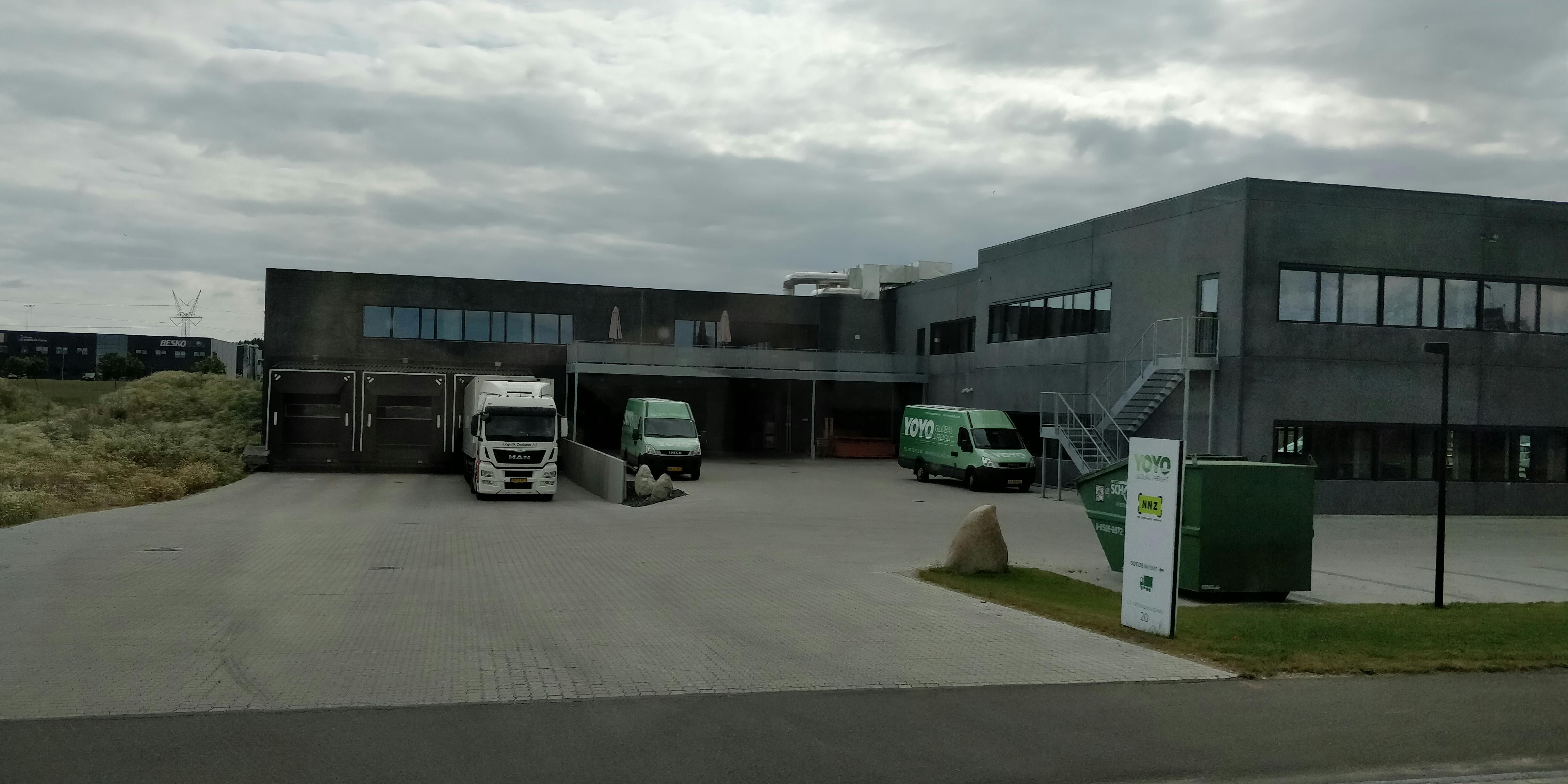
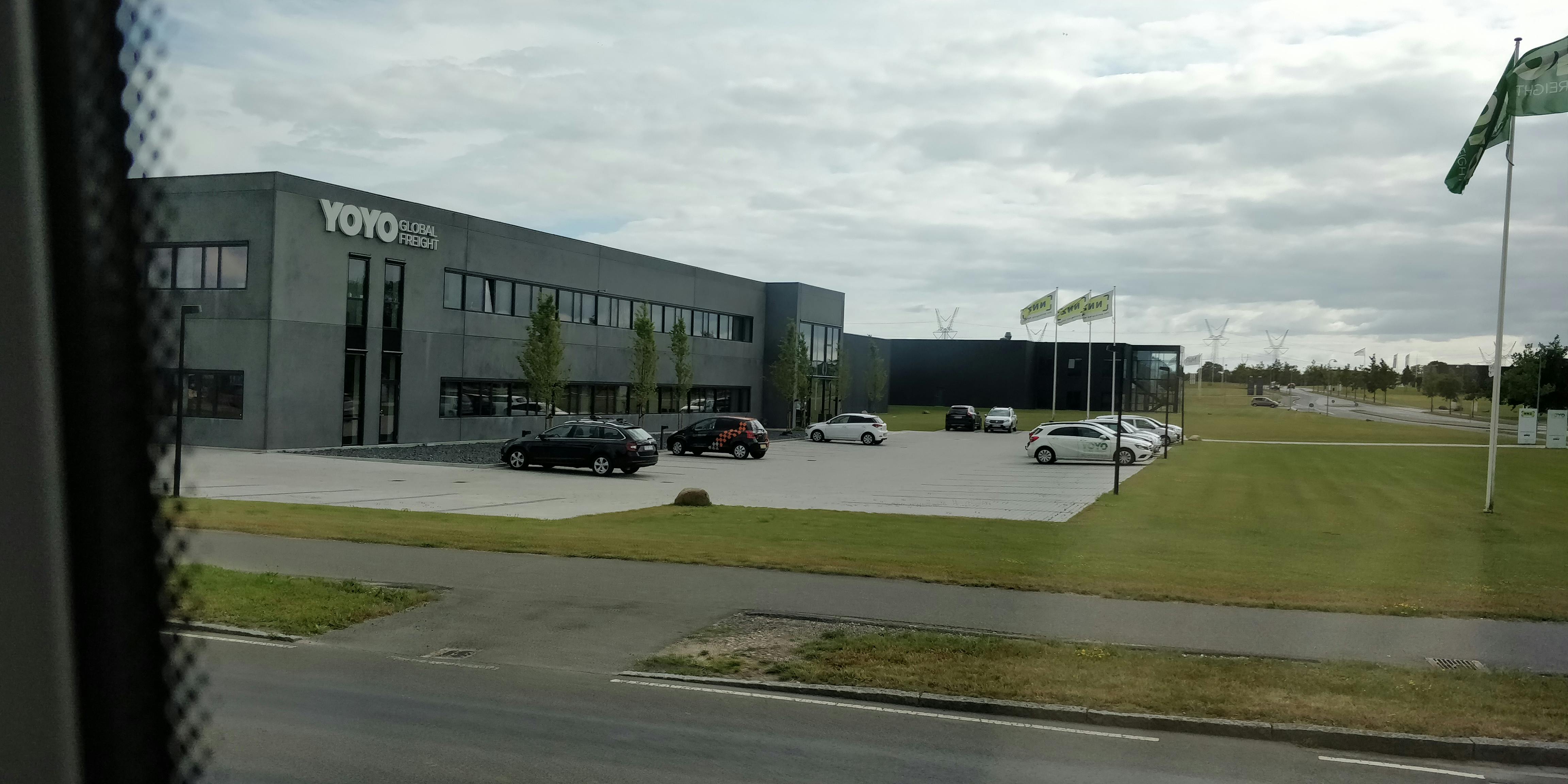
Since my main inspiration was of YOYO's headquarter building, I initially wanted to make a replica, or something that would be recognized by people familiar with the building.
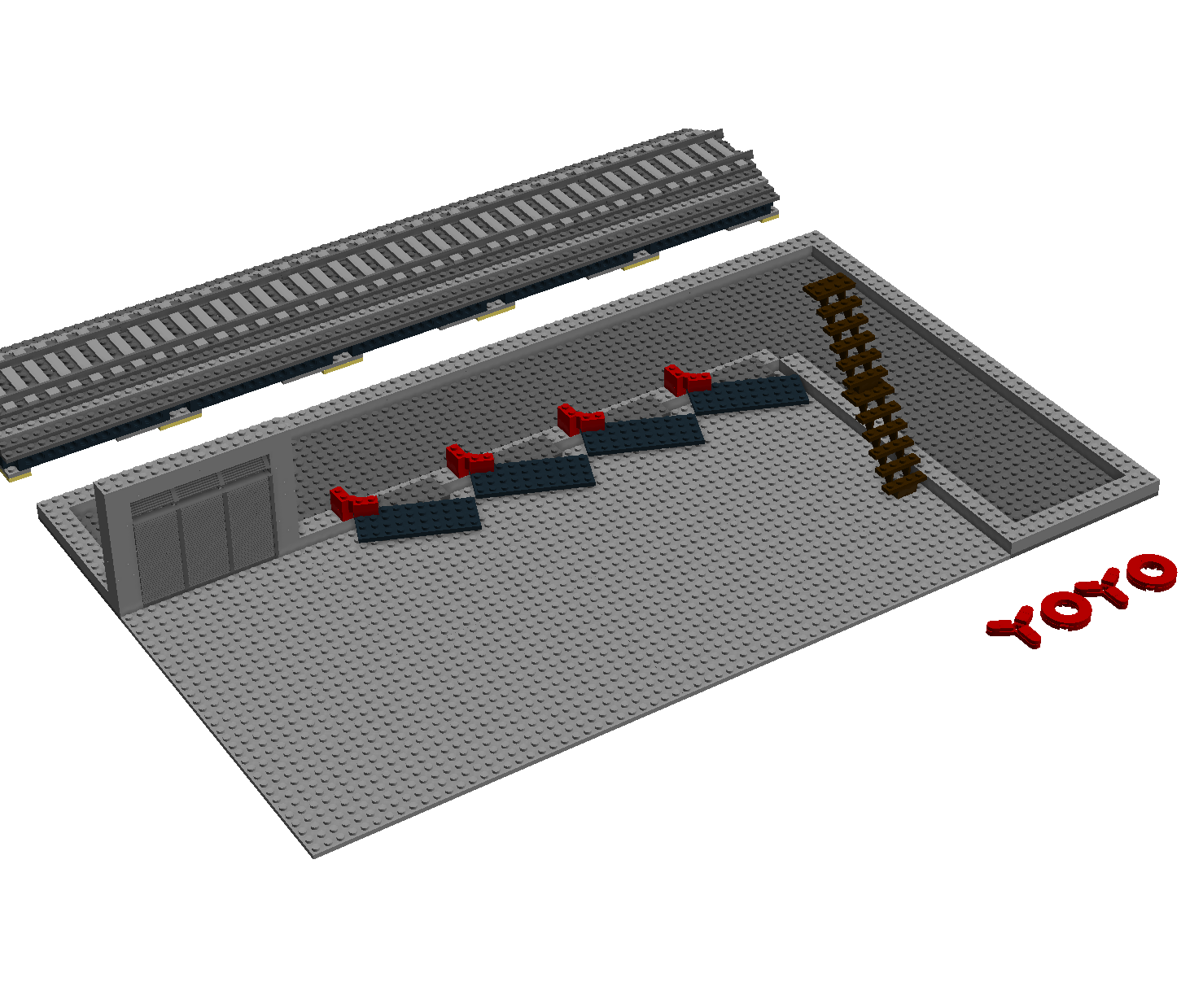
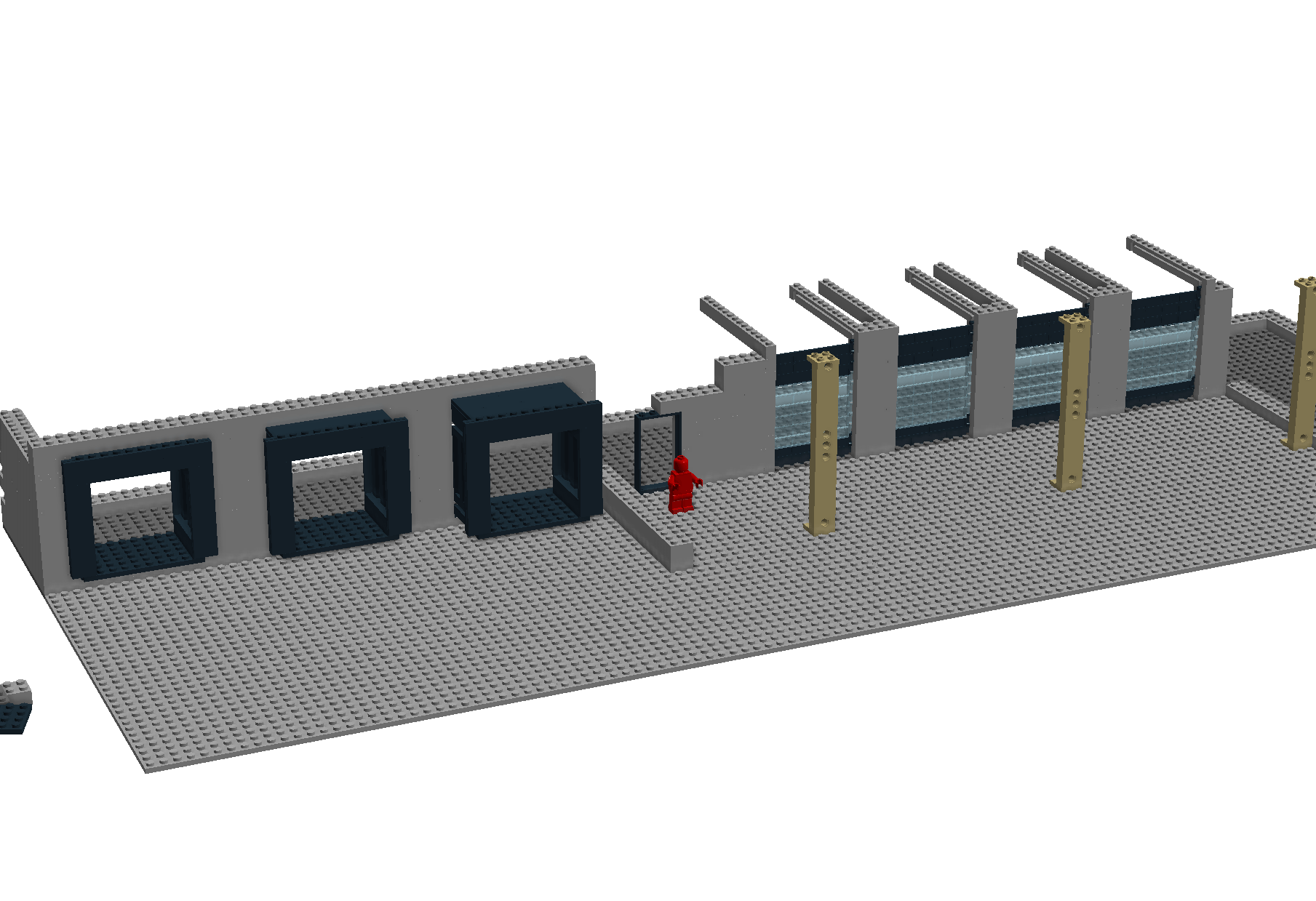
I worked a bit more on the docking terminals, and decided that they should include the ability to extend, and expand outwards.
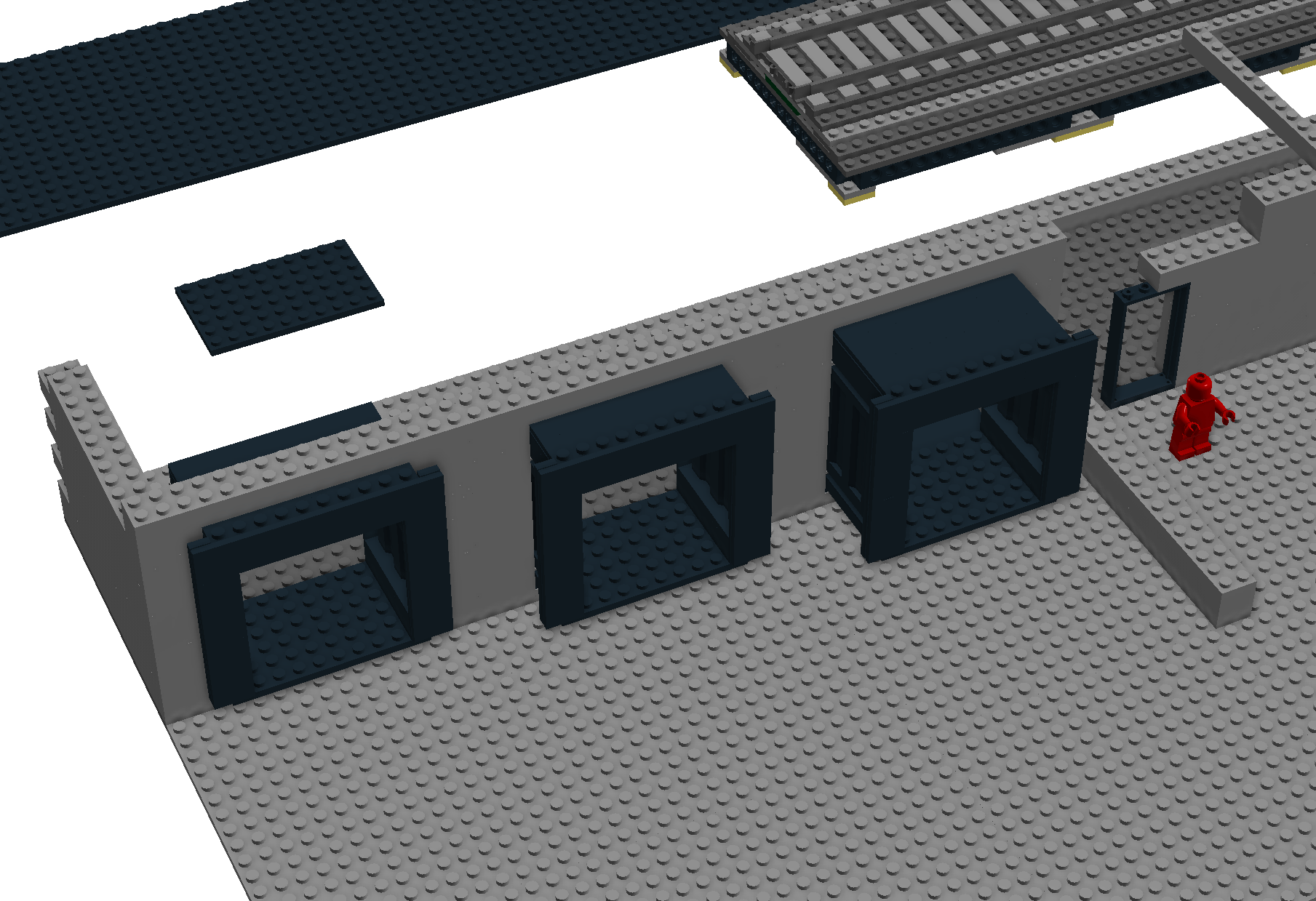
I Designed a very clean facade, with alot of inspiration from the original building's window idents, which can be seen on the left side of the picture.

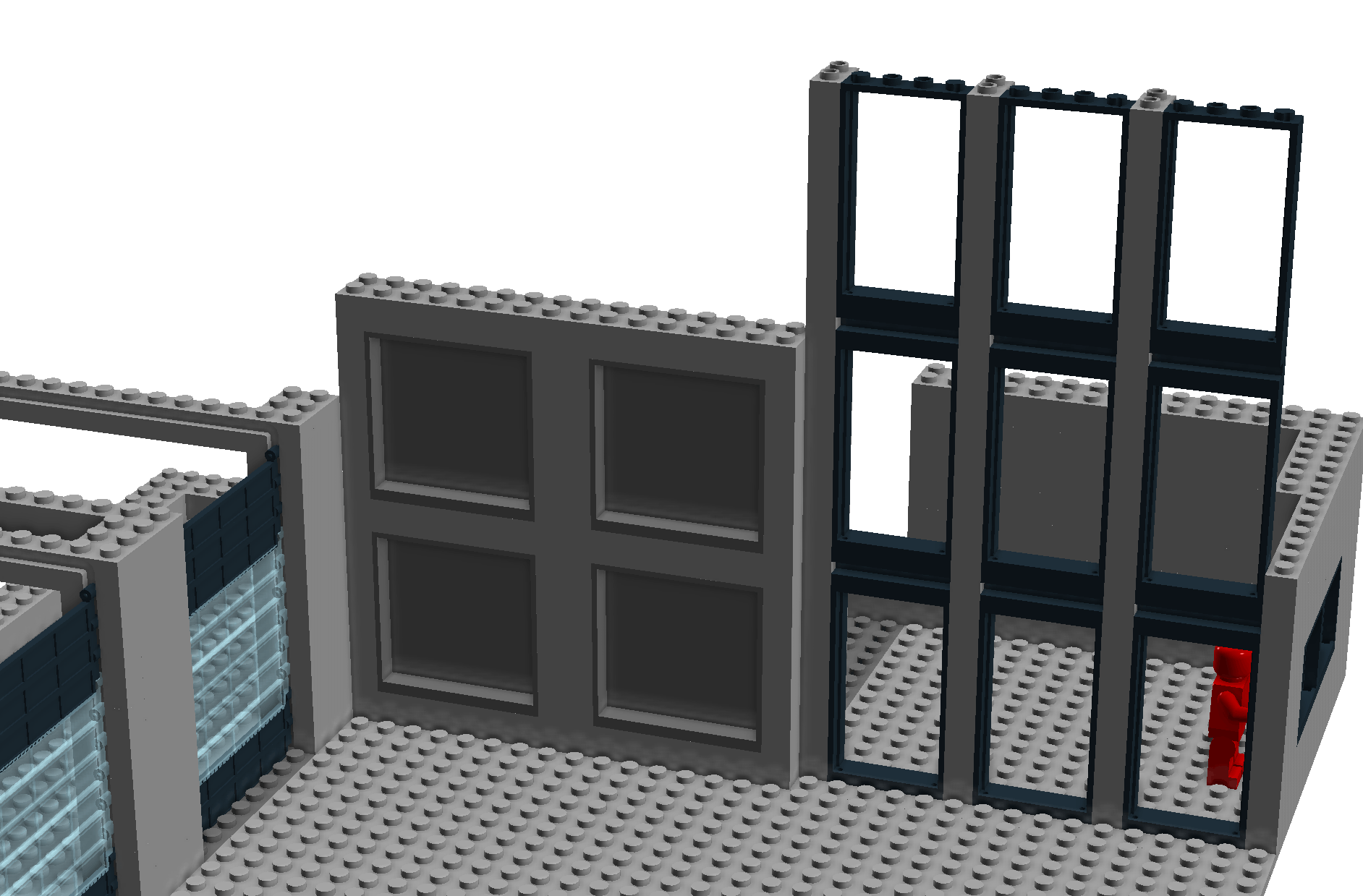
To return to my original vision of combining rail and truck cargo freight, I slowly started to lean towards a more simple design.
This would allow me to have trains on one side of the building, and trucks on the other.
That way the terminal would be the bridge between the two, whilst also allowing for long term storage of goods inside the facility.
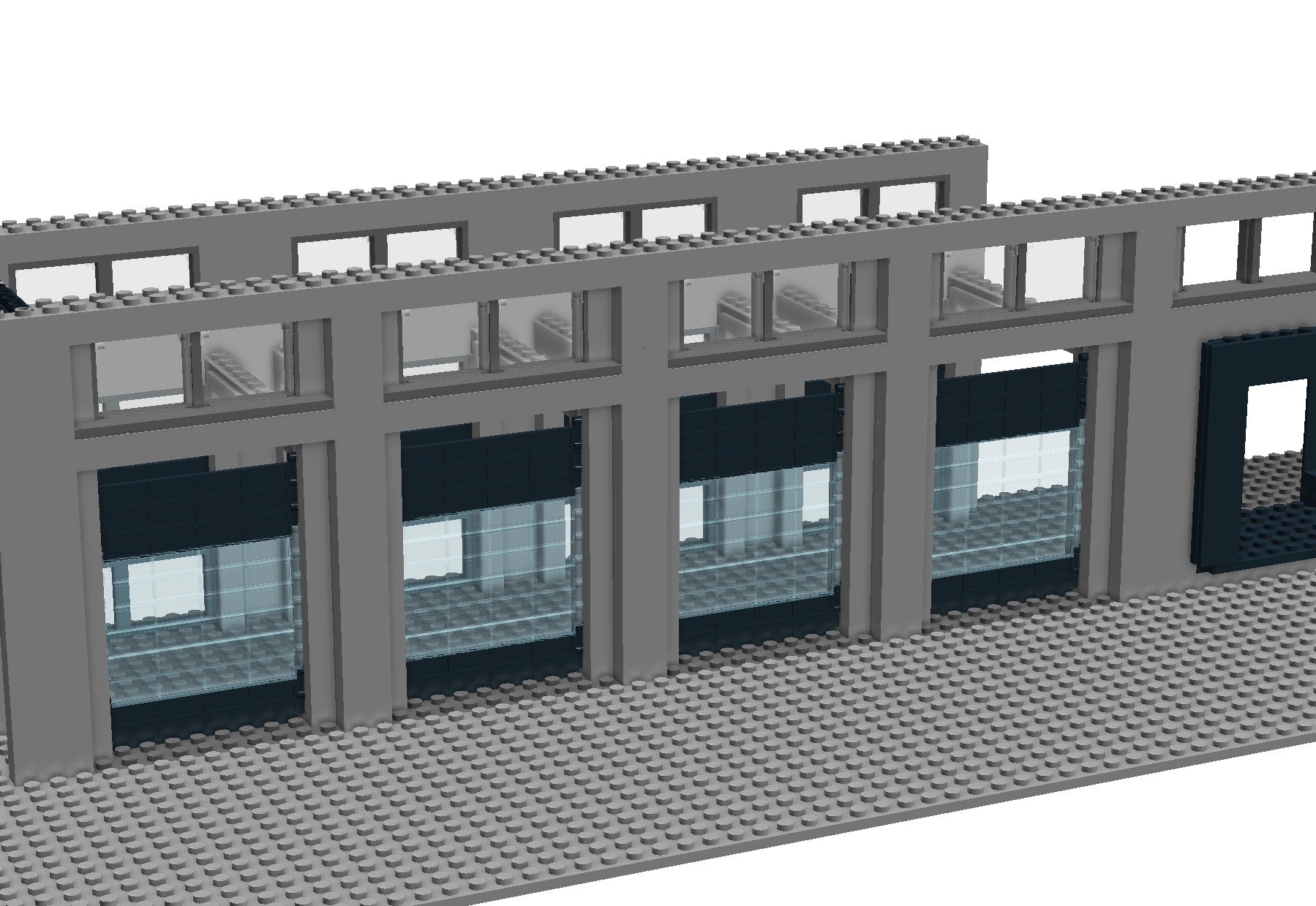
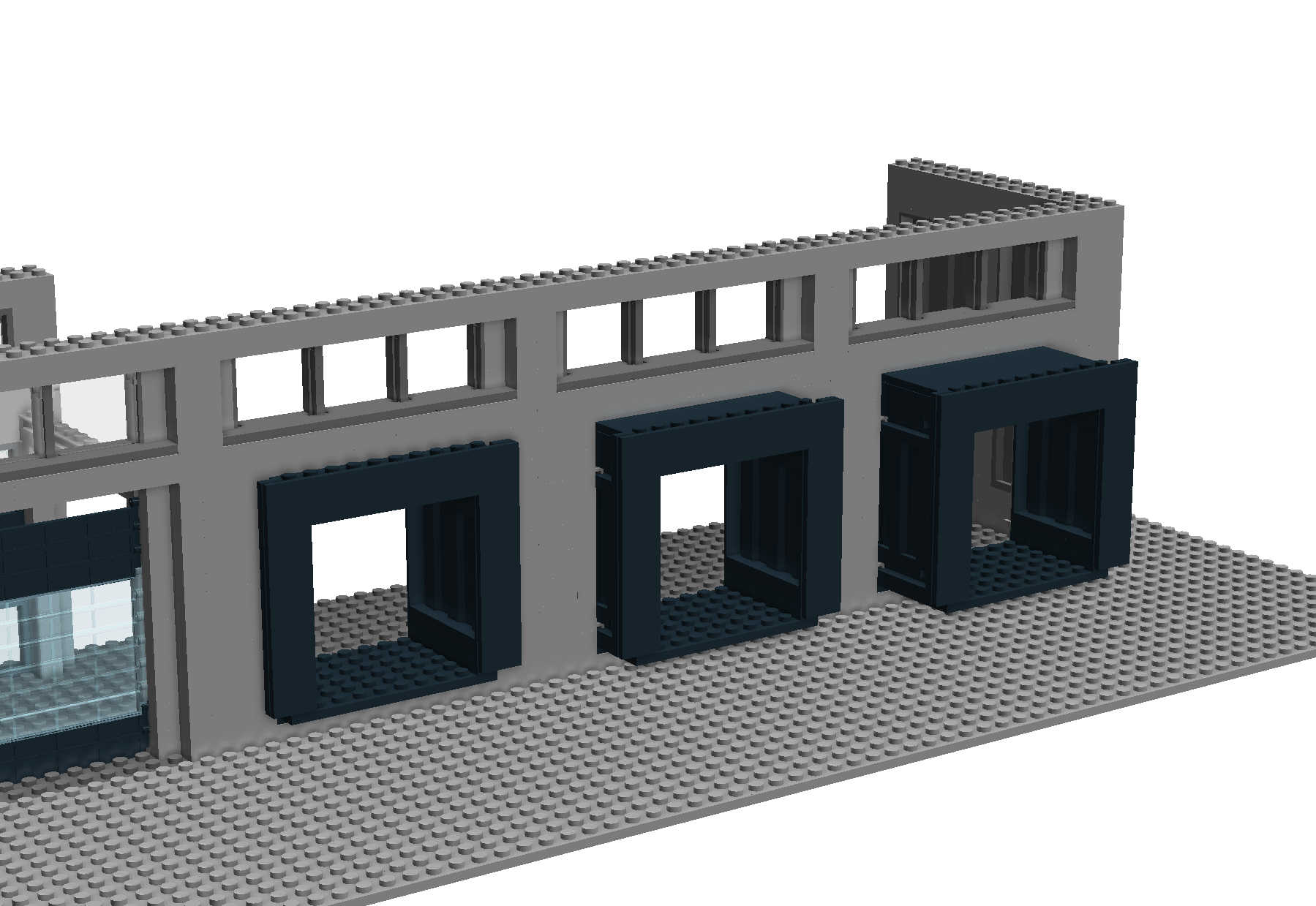
Since part of the back side of the building had to be used by trains, I decided to work a bit on the back's design.
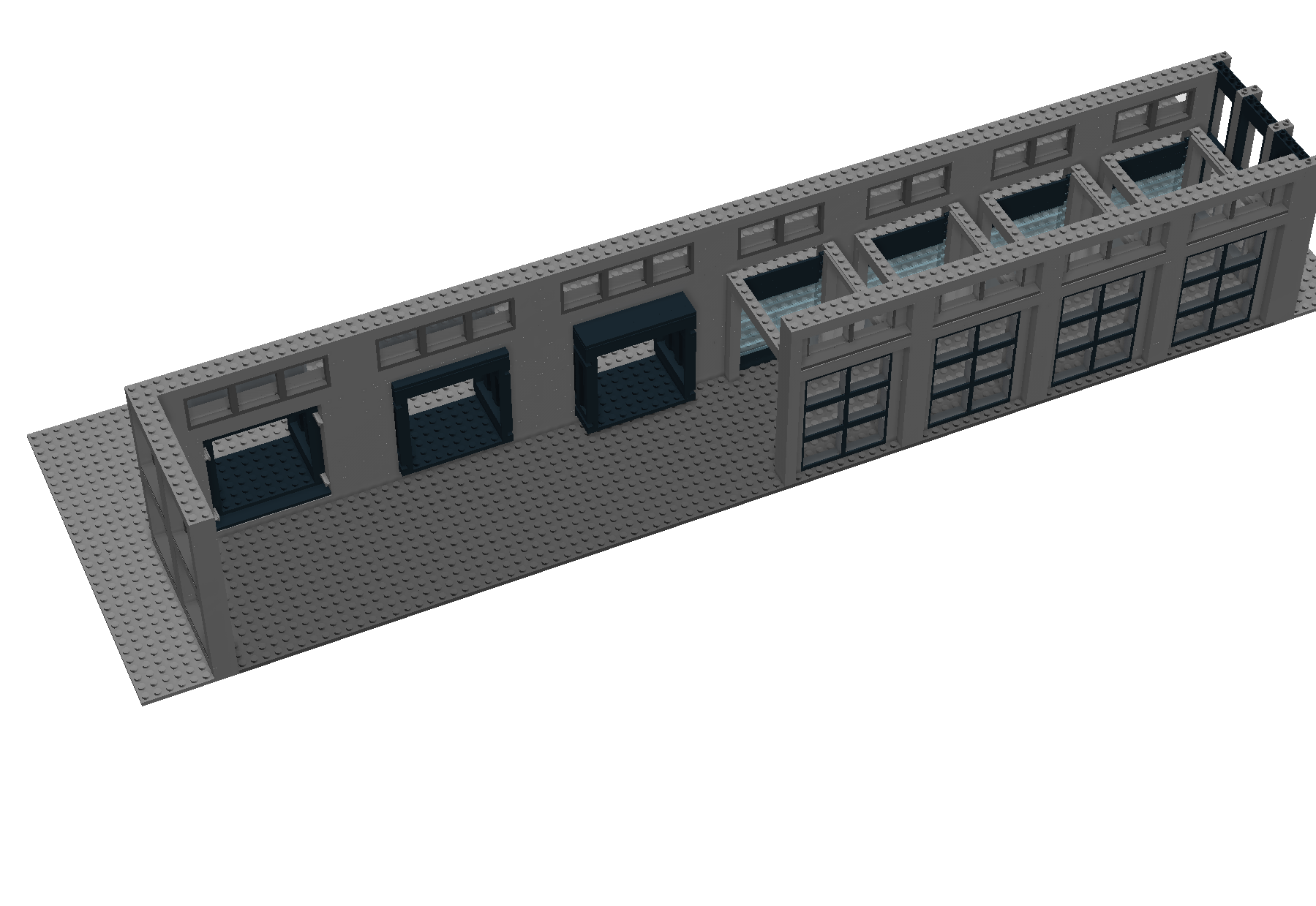
I wanted to make a few different designs on the back of the building to make sure it wasn't all the same details repeated.
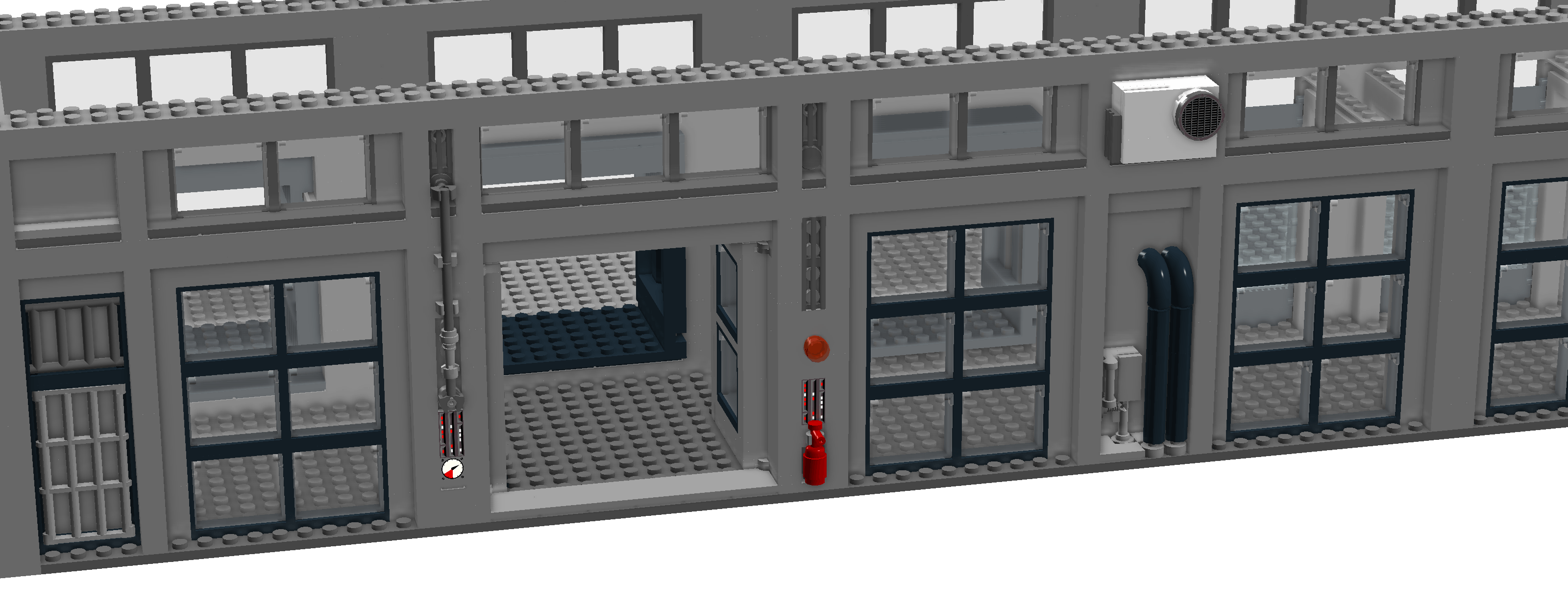
Since I wanted to incorporate MIR Robots into the build, I decided that I wanted to have a very large door, to have the robots move some of the goods.
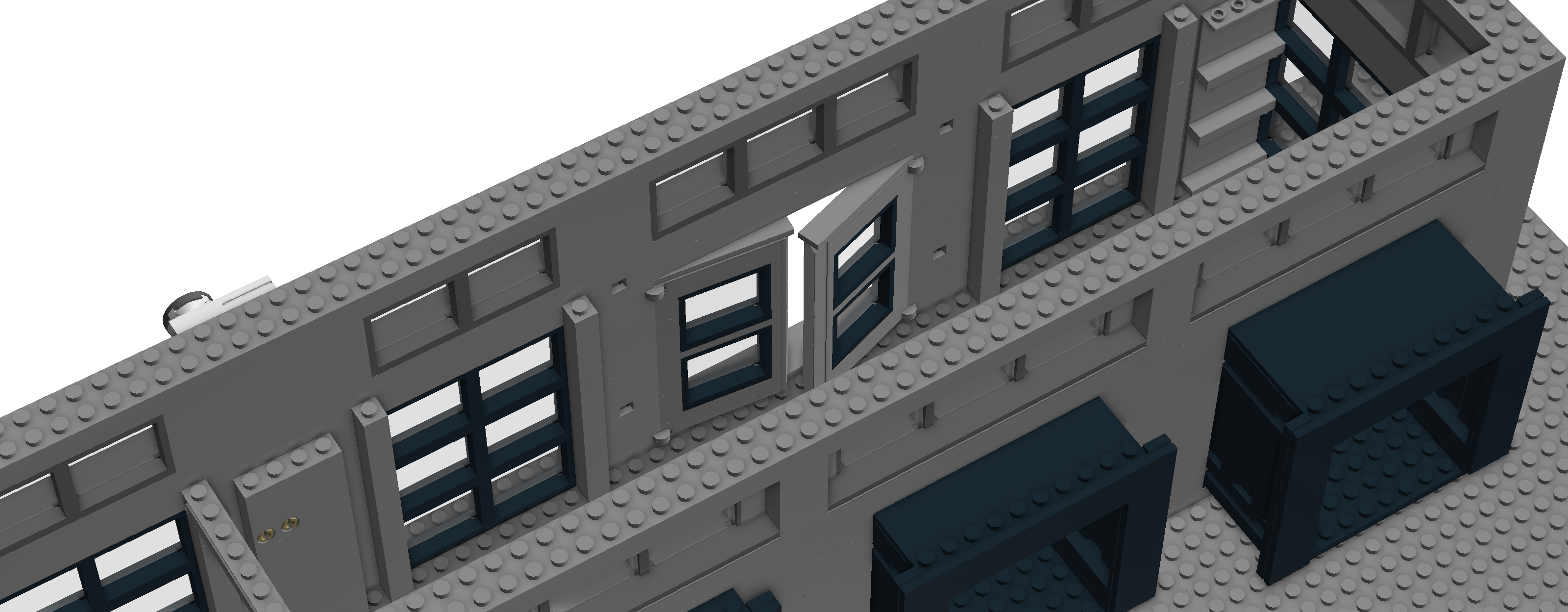
Since the beginning, I always made sure to have in mind that the warehouse should be modular. Therefore it should be able to be assembled in different configurations depending on the usecase. The modules uses the Moduverse Standard.

I had to remove one of the Docking Terminals due to size constraints once again.
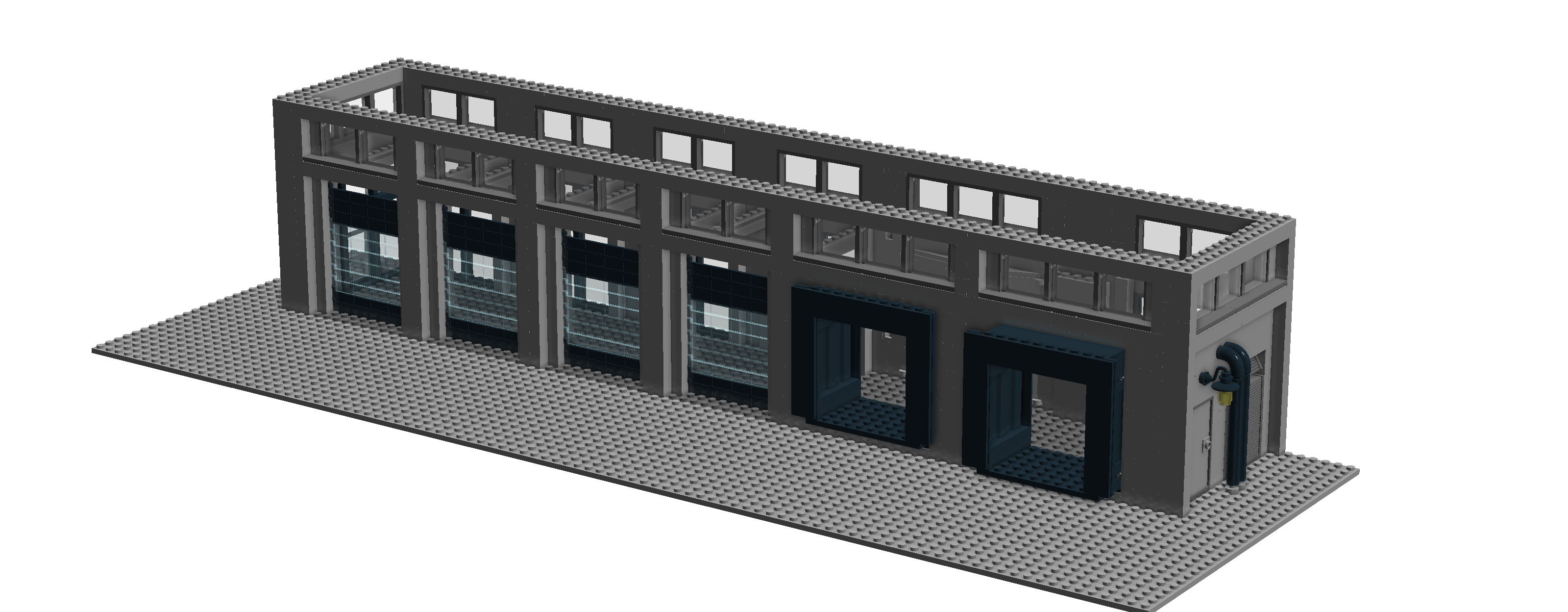

Just when I thought I was done, I realized that I had to downsize again, to fit within my space for the Klodsfest 2020 layout.
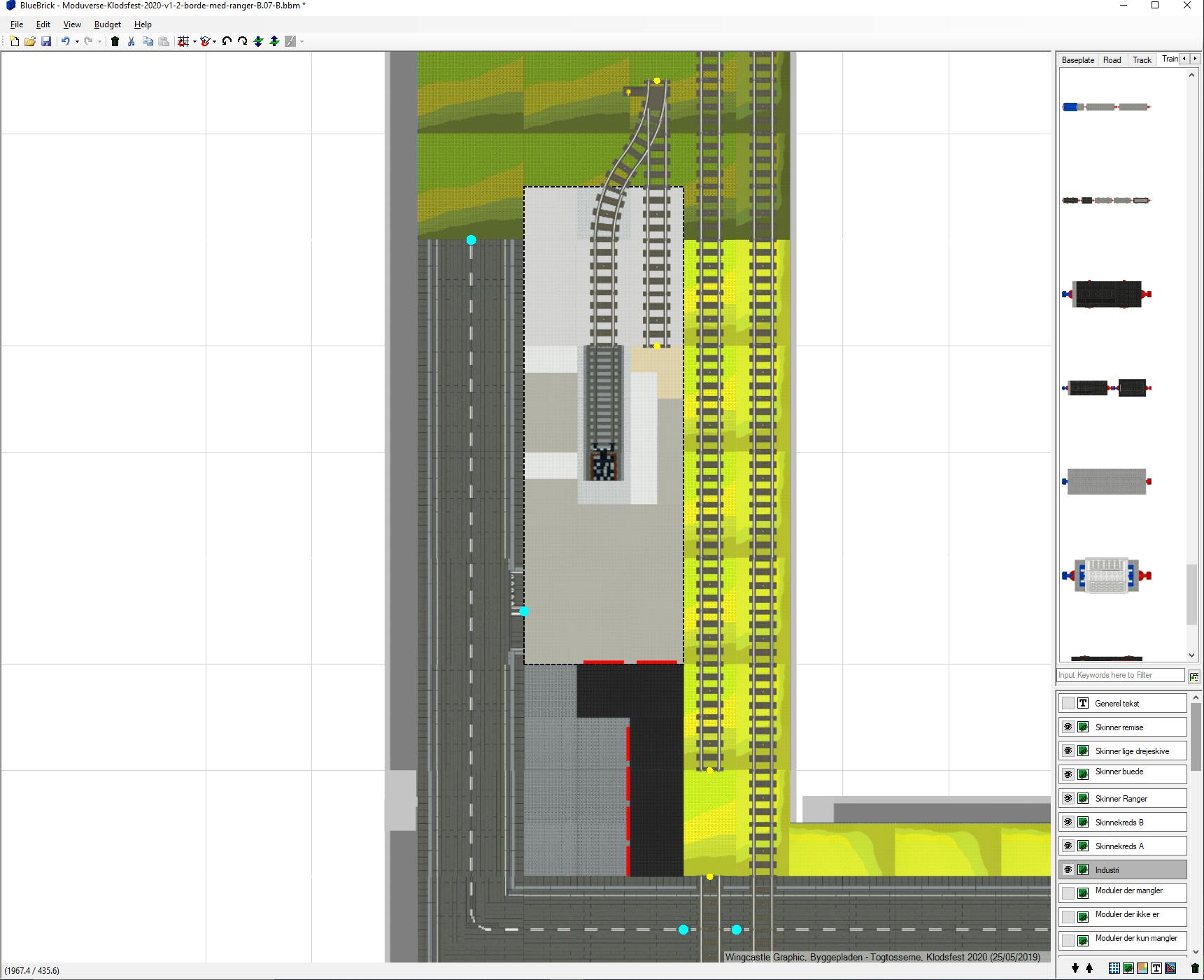
After trying to find the best solution, I ended up with this layout. The Docking Terminals are on the left side as illustrated on the layout plan.
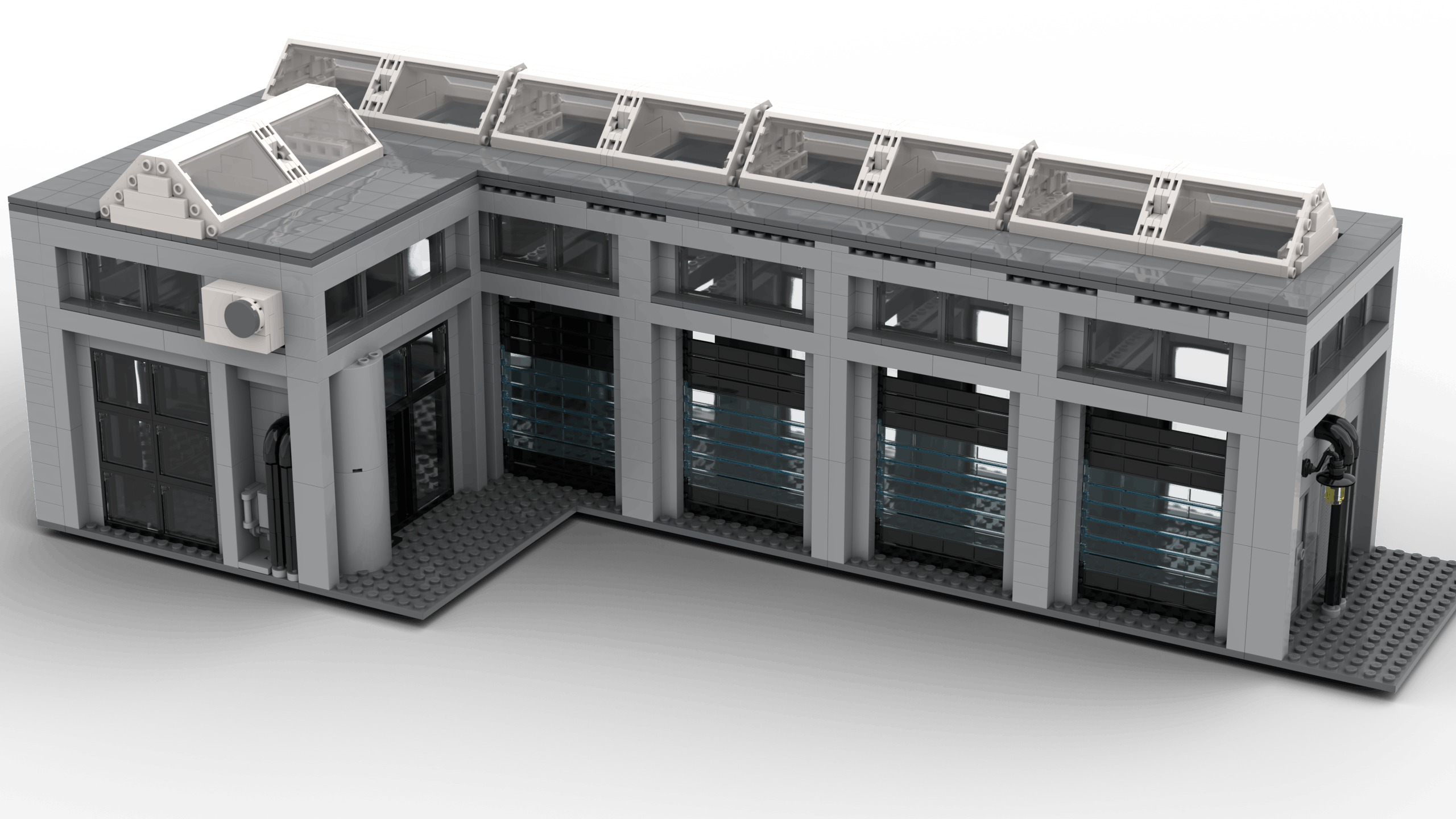
Of course after fitting the building into this space, I realised that it didn't fit on the 16x16 plates I originally wanted to use for the build. Time to re-design it once again!
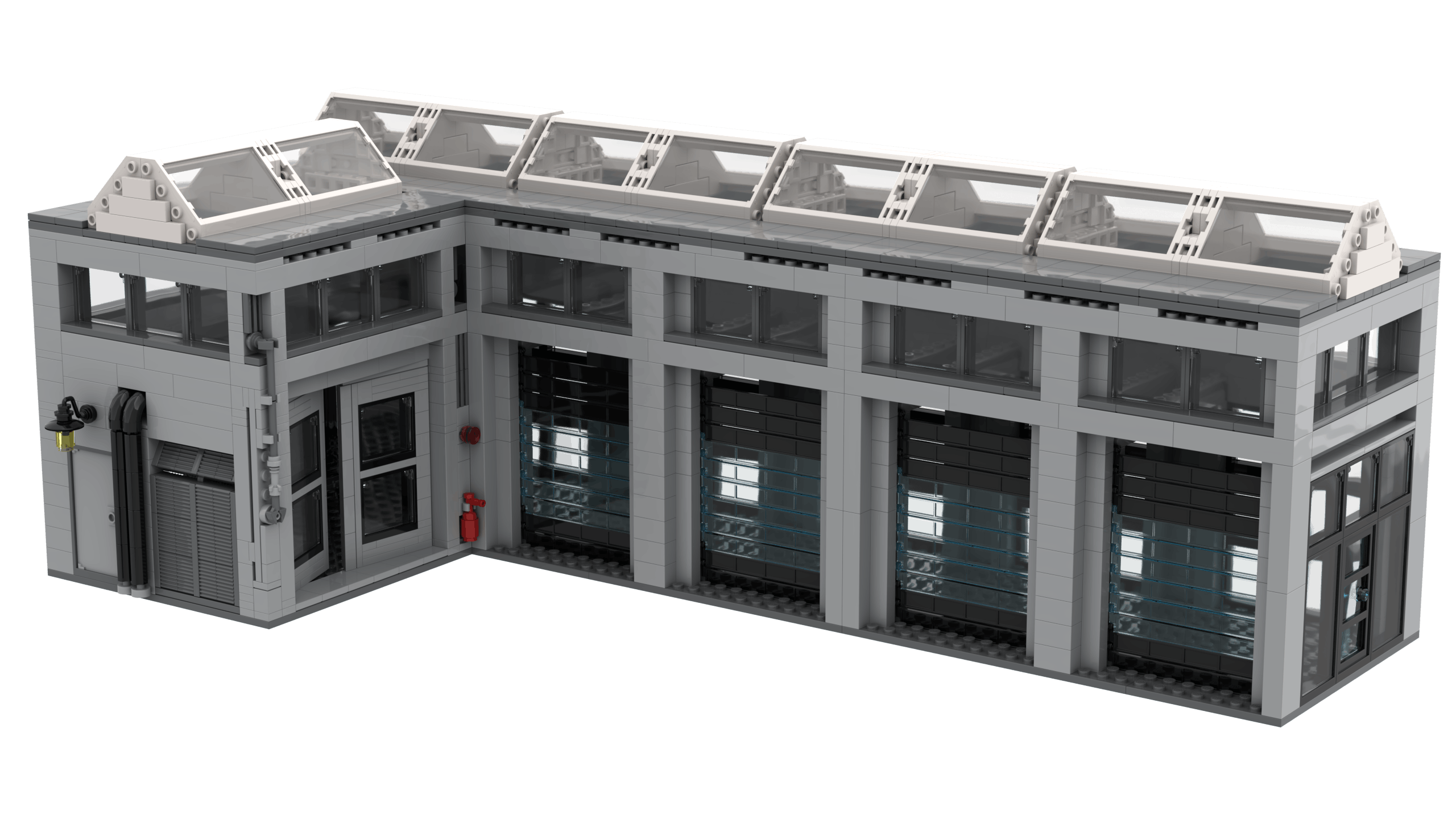

I have now ordered the parts from the LEGO Pick a Brick and Bricks & Pieces service.
Until then, you can download the model using the download button.

LEGO Digital Designer File containing the model. Licensed under the MIT license.